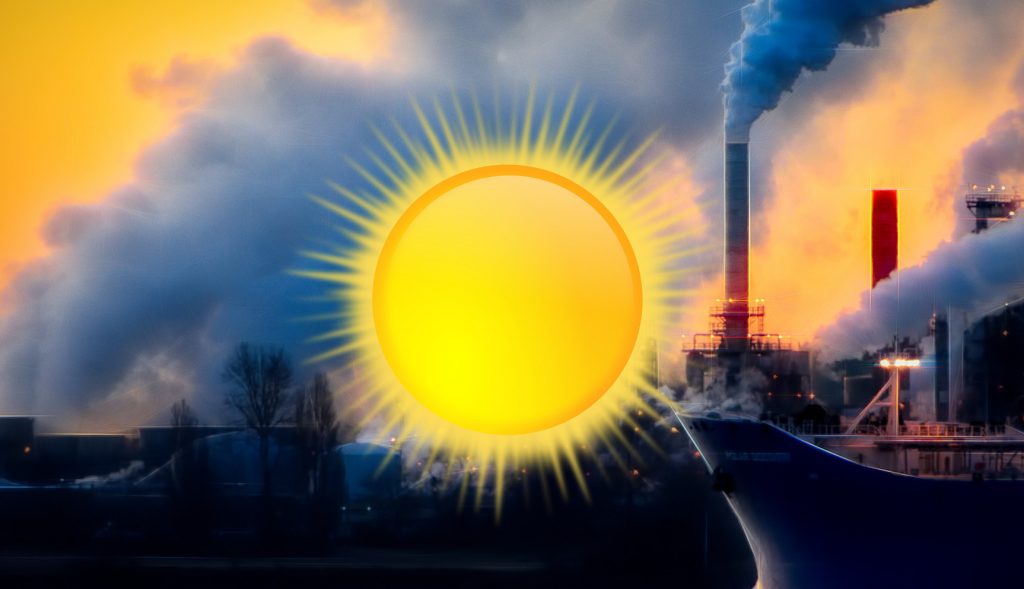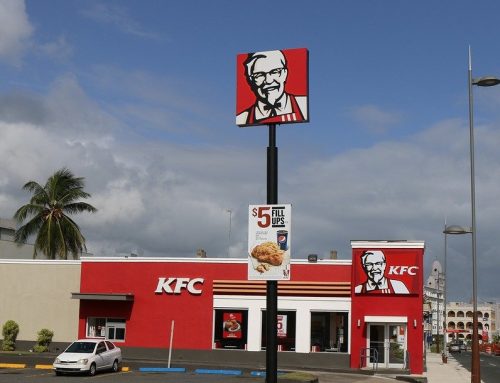Wie Sie einen Einstieg in das environmental Mapping finden.
Das environmental Mapping ist ein Schema, das die Mapping-Techniken des Chrome- und Refraction Mappings verbessert.
Es ist nützlich, da in einer reflektierenden Umgebung das Raytracing sehr teuer sein kann.
Environment Mapping geben diese Reflexionen billiger und mit geringerem Genauigkeitsverlust wieder.

Seine Berechnung ist unabhängig vom Detaillierungsgrad der Umgebung. Beim environment Mapping wird das Objekt von einer geschlossenen dreidimensionalen Oberfläche umgeben, auf die die Umgebung projiziert wird. Reflektierte Strahlen werden vom Objekt verfolgt, treffen auf die Oberfläche und werden anschließend auf die Map indexiert. Es ist im Wesentlichen das Selbe wie das Chrome Mapping, mit der Ausnahme, dass die Map aus einem Bild der Umgebung besteht, wie es von der Mitte des zu kartierenden Raumes aus gesehen wird.
Faktoren, die das Environment Mapping beeinflussen.
Bei allen Environment Mapping-Techniken hängt die Genauigkeit davon ab, dass das Objekt in der Mitte der Oberfläche positioniert ist und dass die Objekte in der Umgebung von den Objekten, die die Environment Map empfangen, entfernt sind. Wenn das Objekt in Bezug auf die Umgebung groß wird oder der Abstand zum Map-Zentrum größer wird, nimmt die geometrische Verzerrung zu. Dies liegt daran, dass die Environment Map als Projektion von einem einzigen Punkt in der Mitte der Oberfläche erstellt wird.
Geometrische Verzerrungen können reduziert werden, indem man die Objekte in der Umgebung, die sich zu nahe am reflektierenden Objekt befinden, mit einem Strahl verfolgt. Wenn das reflektierende Objekt zu komplex ist, muss es möglicherweise mit einem Raytracing verfolgt werden, mit dem das Environmental Management nicht umgehen kann.
Techniken des environment Mappings.
- Die erste Nutzungstechnik von environment Mapping wurde von Jim Blinn und Newell entwickelt. In diesem Fall gilt das Objekt als in der Mitte einer großen Kugel positioniert, auf das Innere, auf das die Umgebung projiziert wird. Das Mapping verwendete eine Breitengrad-Längen-Map, die durch den reflektierten Strahl indiziert wurde, ähnlich des Chrome-Mappings. Die Indexfunktion verwendet nur die Richtung von R, was zu Fehlern in planaren Oberflächen bei großen Objekten führt, die dazu neigen, auf den gleichen Punkt auf der Map zu indizieren. Außerdem ist das Mapping im Wesentlichen eine sphärische Projektion und enthält eine Singularität bei (0, 0, Rz). Beim Chrome-Mapping führte dies zu Spitzen, während in diesem Fall Verzerrungen in der Map um die Singularitäten herum auftreten. Dies ist eine Verschlechterung, da sie zum Endergebnis beiträgt. Der Unterschied zwischen der Längen- und Breitengrad-Map und der Chrome-Map besteht darin, dass die Map im ersten Fall die Umgebung ist, während in zweiten Fall die Map ein beliebiges Bild ist. In der Umsetzung sind beide identisch.
- Die andere Umgebungstechnik ist eine, bei der die Umgebung auf die sechs Seiten des Würfels projiziert wird. Die environmental Maps werden erstellt, indem sechs Bilder von einem festen Punkt aus in zueinander orthogonale Richtungen aufgenommen werden, entweder mit einer Kamera, deren Sichtfeld PI/2 ist, oder indem die Maps aus einer modellierten Szene mit einem Renderer erstellt werden, die anschließend in sechs Mip-Maps umgewandelt werden. Das Problem bei der Verwendung einer echten Kamera ist, dass es schwierig ist, eine Sechs-Komponenten-Map zu erstellen, ohne auf geometrische und Beleuchtungsdiskontinuitäten an den Seams und Boundaries zu stoßen. Diese Technik ist beliebt, da sie eine saubere Möglichkeit bietet, computergenerierte Objekte und Live-Action-Sets zu kombinieren.
Wir hoffen, dass wir Ihnen einen ersten kurzen Überblick über das environmental Mapping verschaffen konnten. Wenn Sie Fragen oder Anregungen haben sollten, hinterlassen Sie uns unten einen Kommentar.
Vielen Dank für Ihren Besuch.


